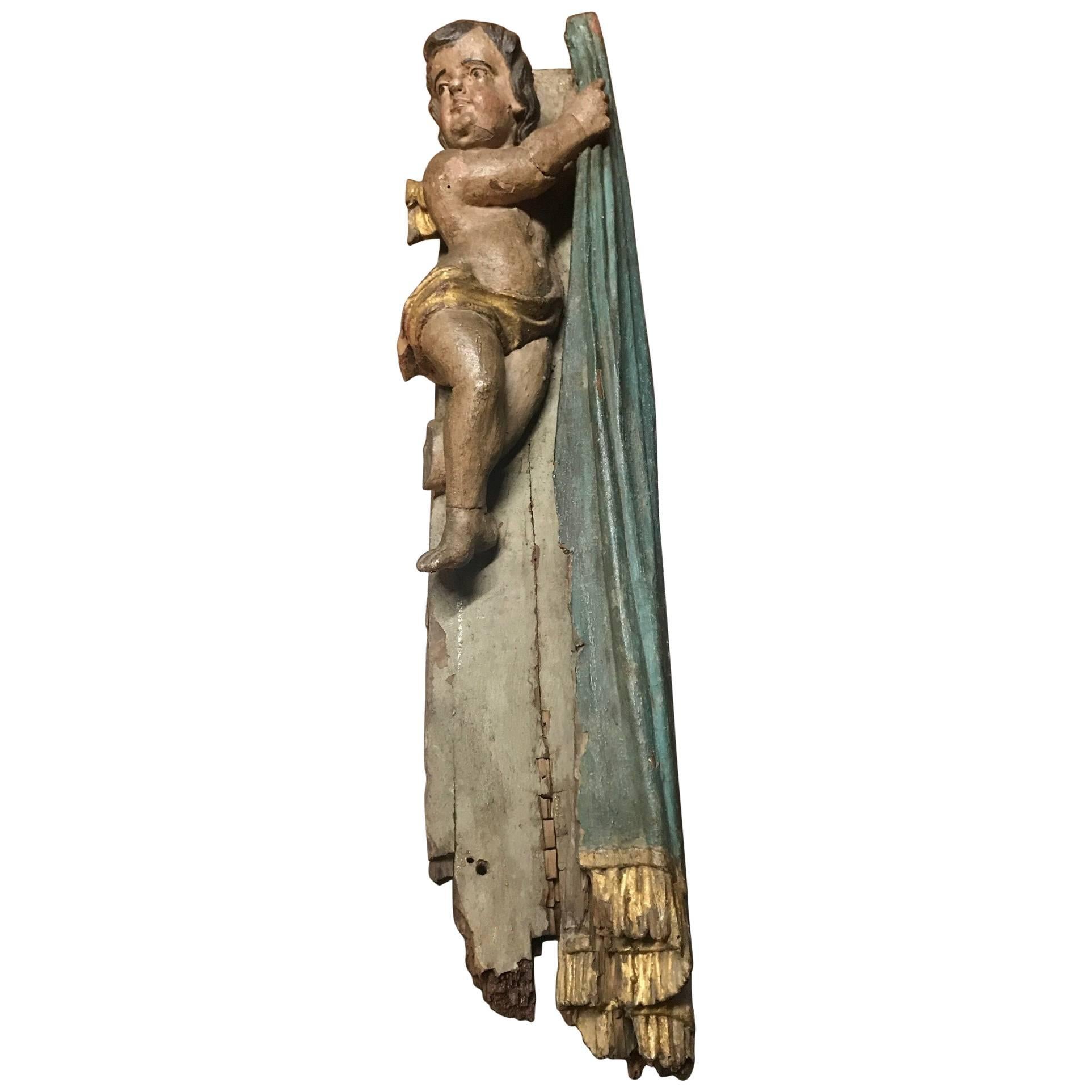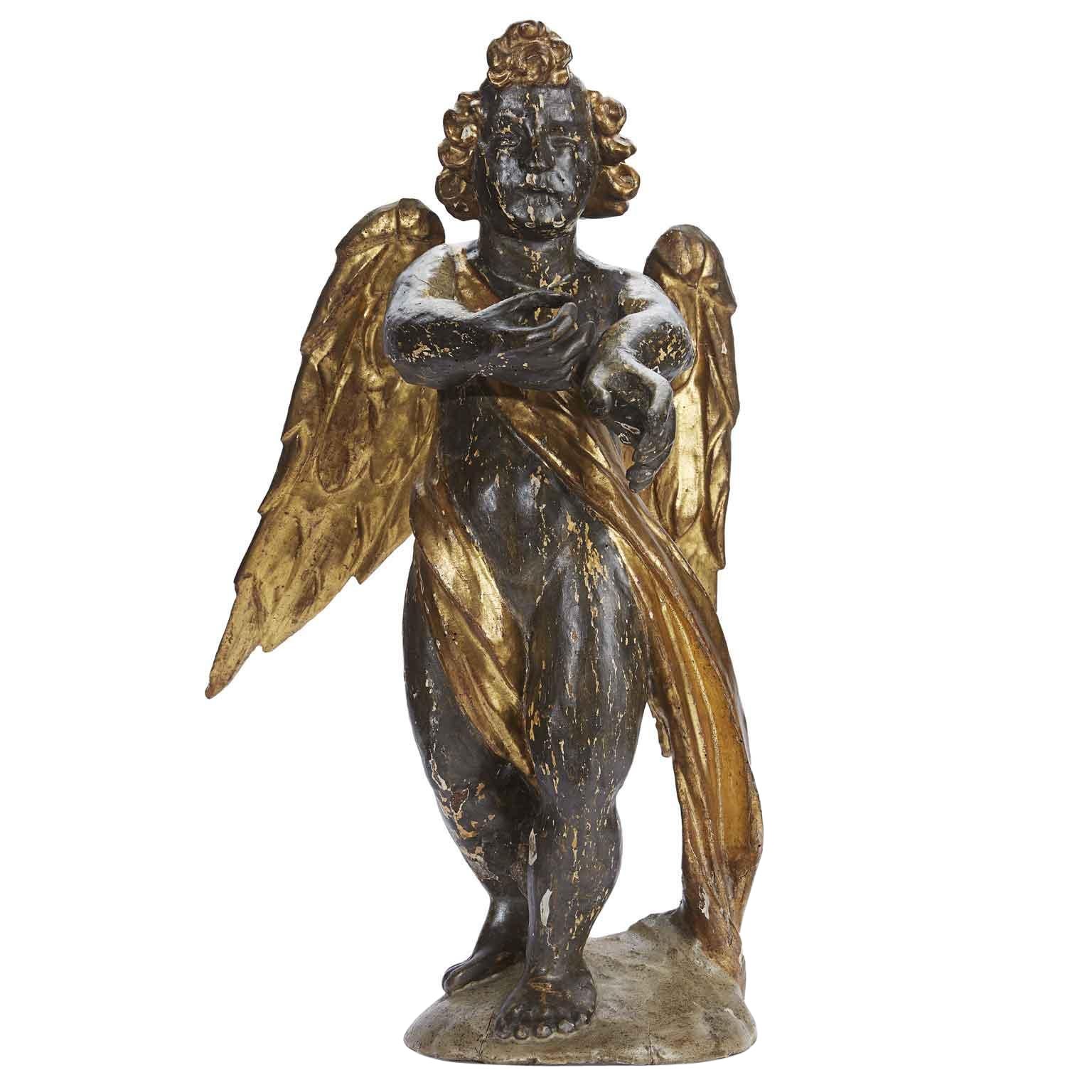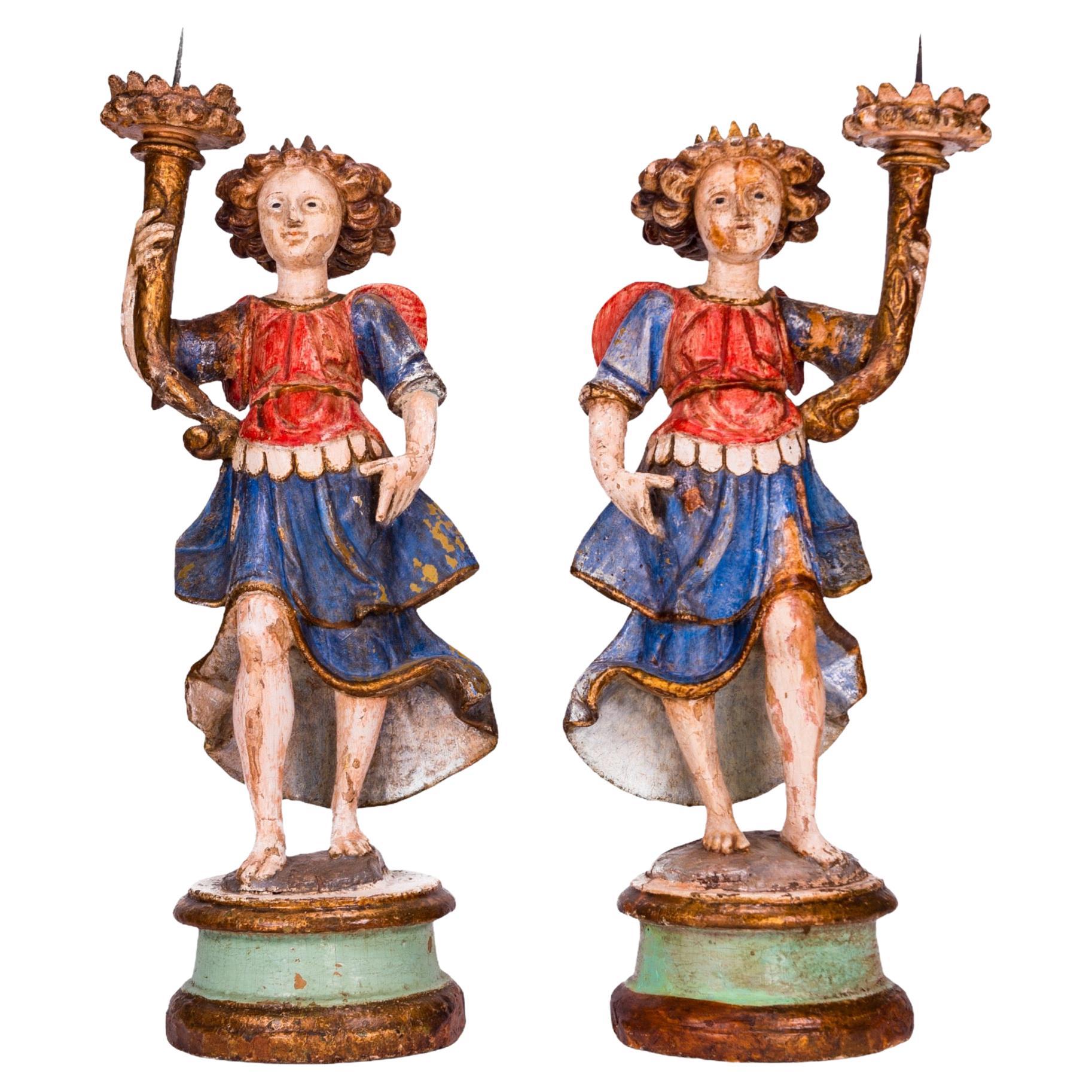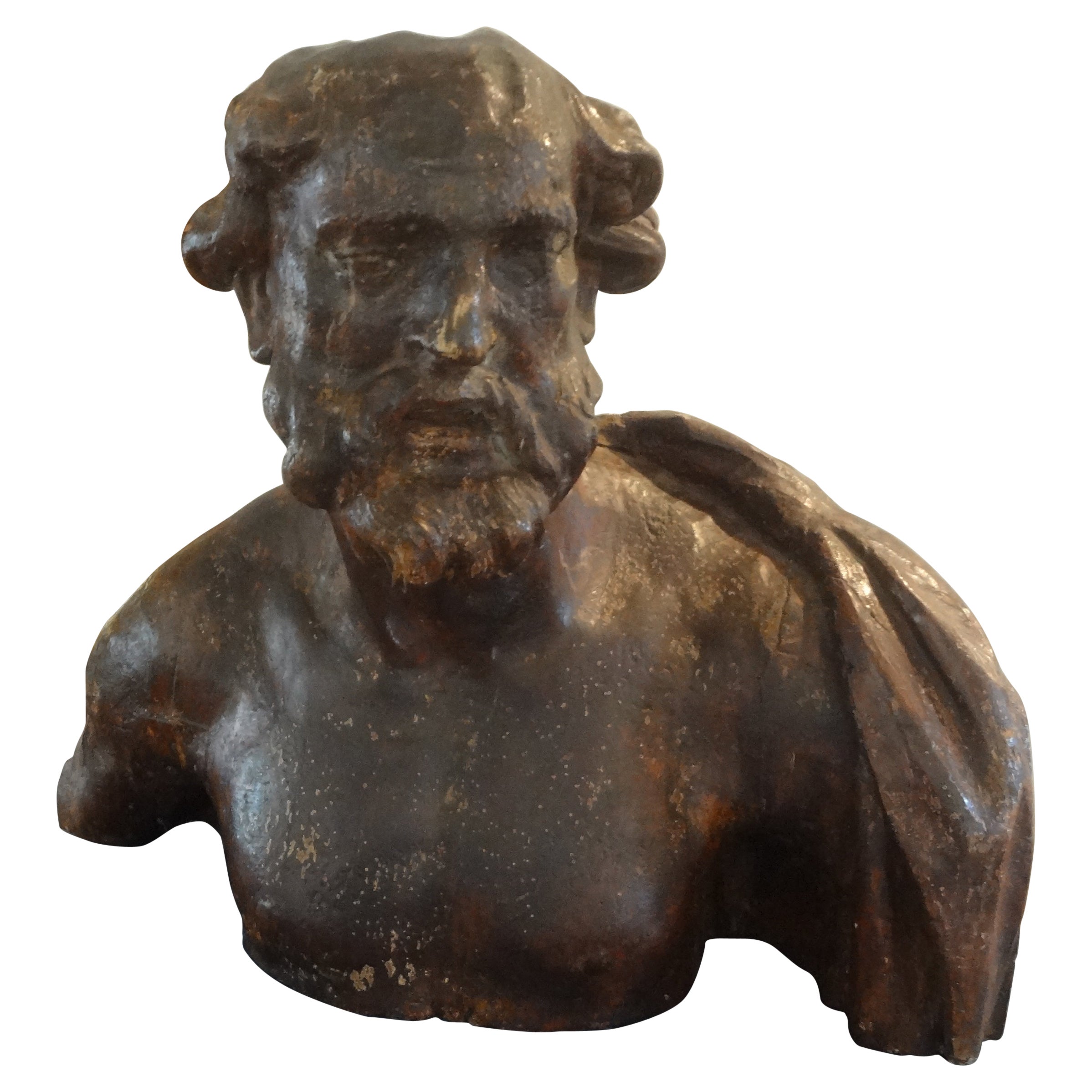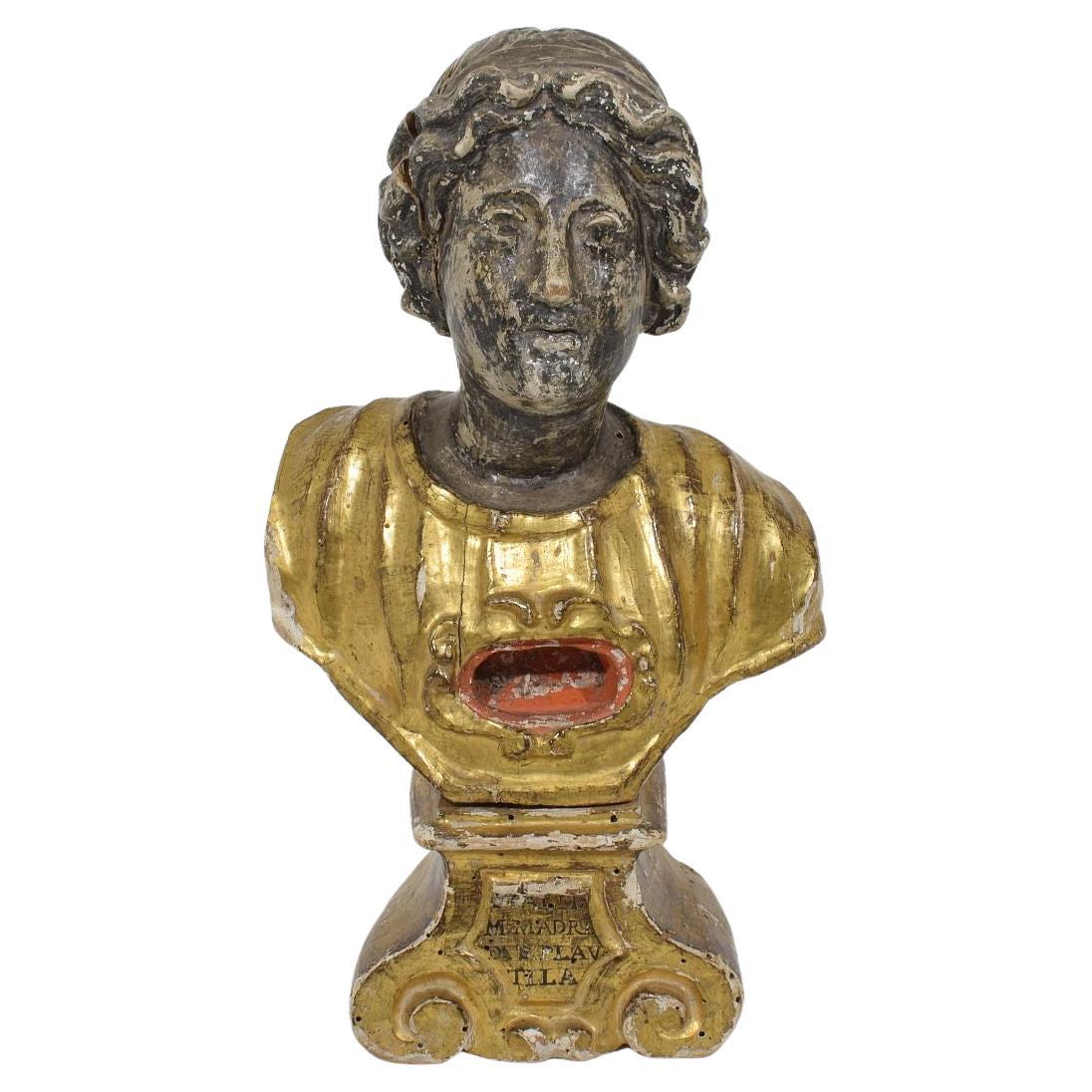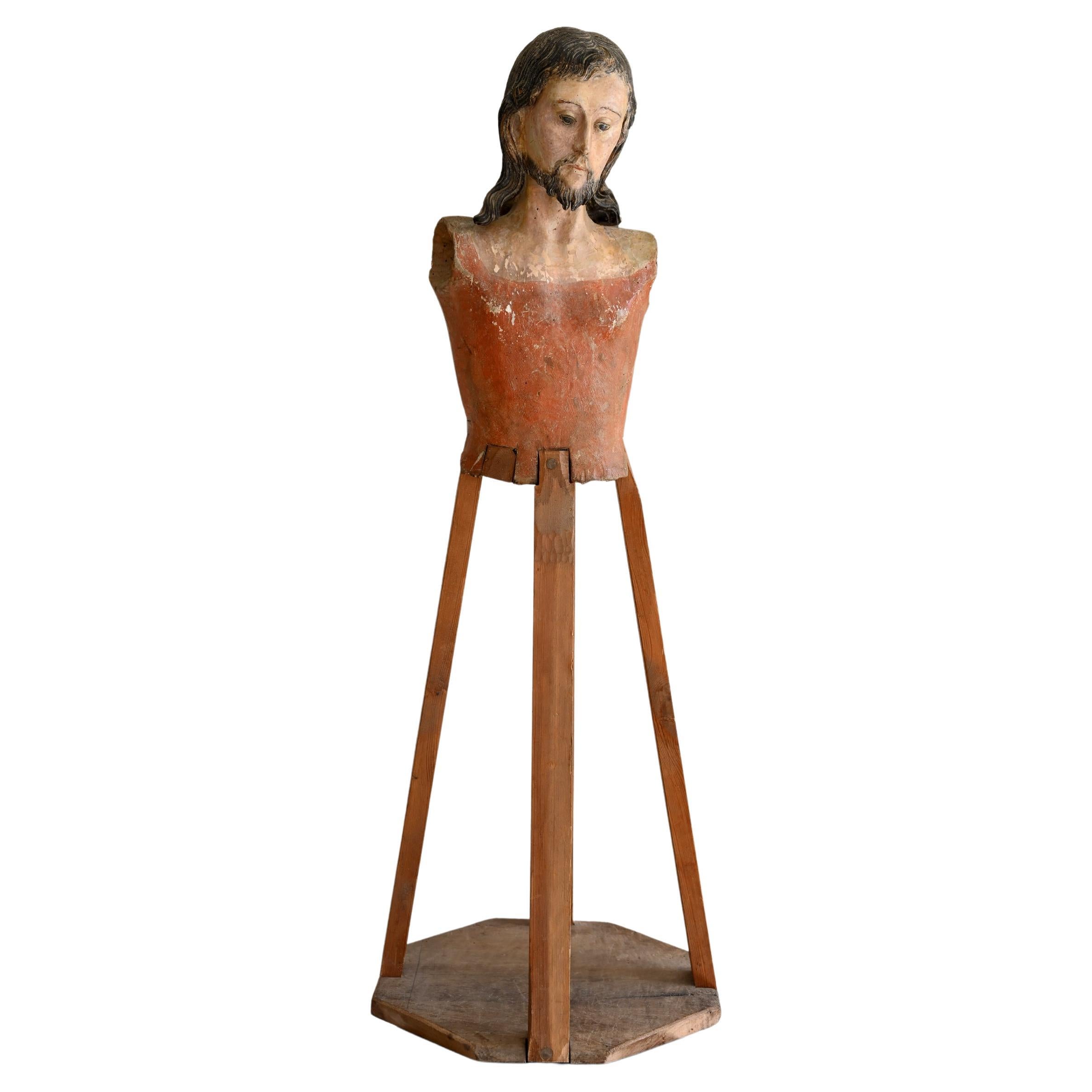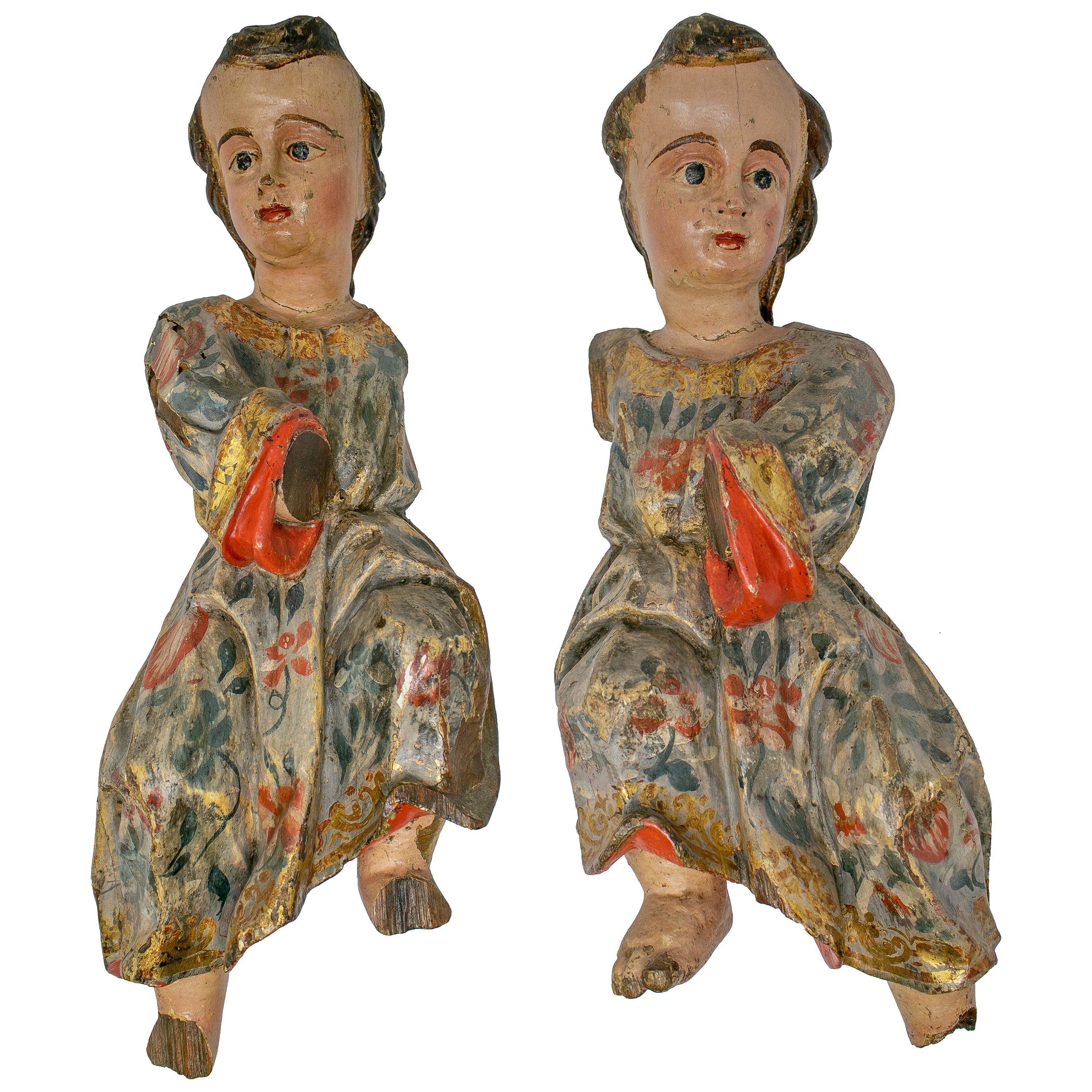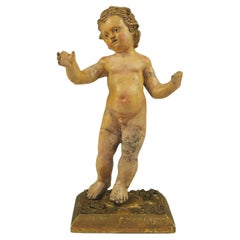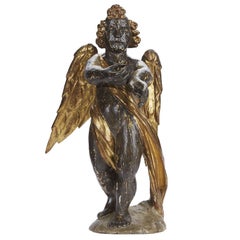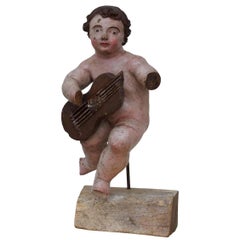
17th Century Italian Carved Painted Putto
View Similar Items
1 of 8
17th Century Italian Carved Painted Putto
About the Item
- Dimensions:Height: 20.08 in (51 cm)Width: 8.67 in (22 cm)Depth: 4.73 in (12 cm)
- Materials and Techniques:
- Place of Origin:
- Period:
- Date of Manufacture:17th Century
- Condition:
- Seller Location:York, GB
- Reference Number:1stDibs: LU311838990061
You May Also Like
- 17th Century Italian Putto - AngelLocated in Atlanta, GAA stunning architectural element of a 17th century Putto - Angel from the Veneto region of, Italy. Beautifully carved from wood with an outstanding polychromed finish.Category
Antique 17th Century Italian Figurative Sculptures
MaterialsWood
- 17th Century Italian Polychrome Painted Terracotta Jesus Child Putto FigureLocated in Lincoln, GBExquisite product is a polychromed, hand painted terracotta figure that beautifully depicts Baby Jesus. The attention to detail is evident in the figure's glass eyes, which add a lif...Category
Antique 17th Century Italian Figurative Sculptures
MaterialsTerracotta
- 17th Century Baroque Italian Winged Putto Giltwood Silvered Angel FigureLocated in Milan, ITItalian Baroque Winged Putto Sculpture 17th Century Lombard School Carved Giltwood and Silvered Angel Figure Winged Putto Lombard Italian Figure from 1600 Angel in Gilded and Silvere...Category
Antique Mid-17th Century European Baroque Figurative Sculptures
MaterialsPine
- Italian 17th Century Patinated Wood Carved StatueLocated in West Palm Beach, FLA wonderful and charming Italian 17th century patinated wood carved statue of an angel. The captivating angel is raised by a circular base and dress...Category
Antique 17th Century Italian Figurative Sculptures
MaterialsWood
- Italian Carved Walnut Female Figure, 17th CenturyLocated in Los Angeles, CA17th c. Italian Carved Walnut Female Figure on original Giltwood base. The sculpture is 2 pieces. The base measurement is 2.5 inches H and 8.5 inches L.Category
Antique 17th Century Italian Sculptures
MaterialsGiltwood, Walnut
- Cerberus, Italy, 17th CenturyLocated in Bruxelles, BECerberus Black painted stone Italy, 17th century Measures: 80 x 69 x 36cm (one head missing) Cerberus, cruel monster, fierce and strange, Through his wide threefold throat barks as a dog Over the multitude immers'd beneath. His eyes glare crimson, black his unctuous beard, His belly large, and claw'd the hands, with which He tears the spirits, flays them, and their limbs Piecemeal disparts (Dante, Inferno, Canto VI). Cerberus figure seated, in his role of ferocious guardian of the underworld; he shows a nervous musculature, an adherent skin which reveals the ribs, long and robust limbs; his heads are broad and the eyes set well apart. Painted in black to amplify his menacing look, the infernal guardian is depicted with his famous attributes, writhing his heads, growling and barking furiously. Cerberus, in Greek mythology, was the monstrous watchdog of the underworld – also known as the “hound of Hades” – preventing the dead from leaving, and making sure that those who entered never left. A child of Typhon and Echidna, he was part of a monstrous family, which included Orthus, the Lernaean Hydra, and the Chimaera as well. Only on three occasions Cerberus was tricked by visitors of Hades: Heracles did it with his strength, Orpheus with his music. In "The Inferno", Dante places Cerberus as the guardian of the third circle of Hell. With his three mouths, Dante saw Cerberus as a beast that was synonymous with the sin of Gluttony. Virgil gets past the monster by throwing mud in his three mouths, temporarily choking him. Very rare are the representations of Cerberus in ancient statuary...Category
Antique 17th Century Italian Renaissance Figurative Sculptures
MaterialsStone
$19,337 Sale Price20% Off
